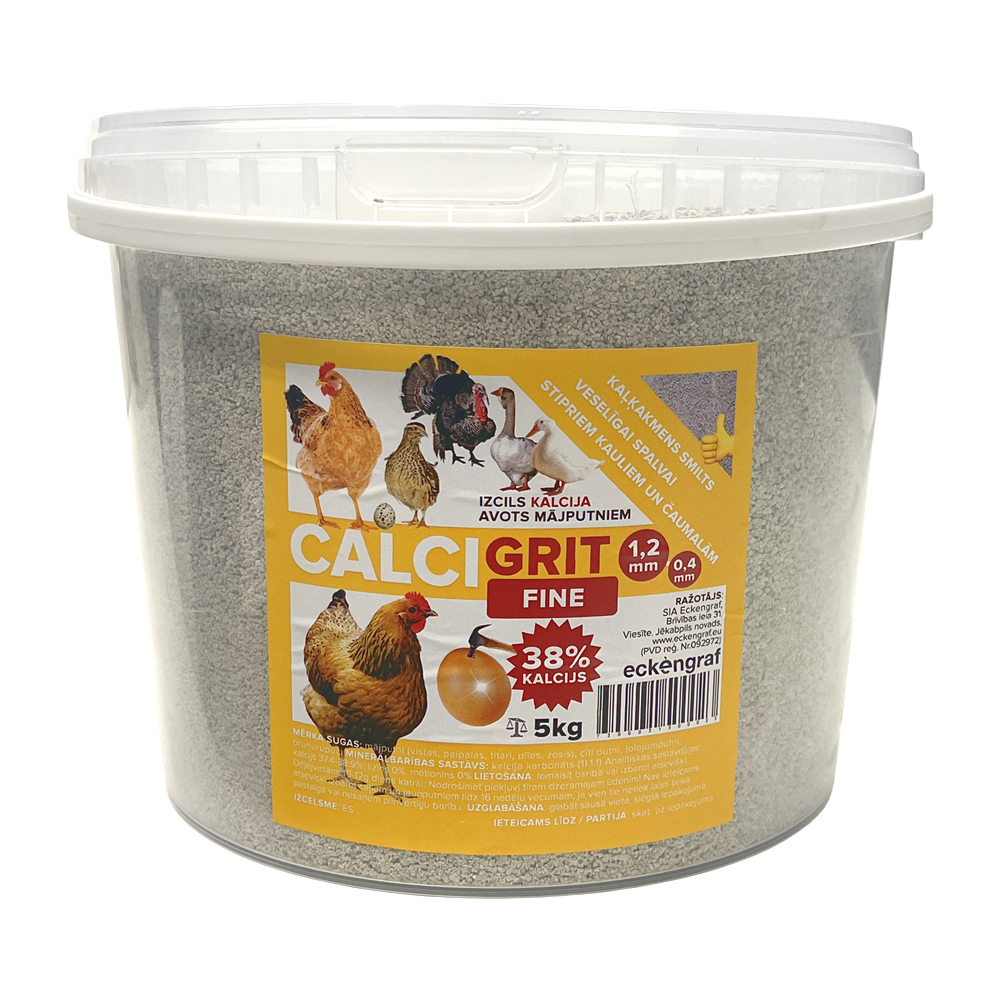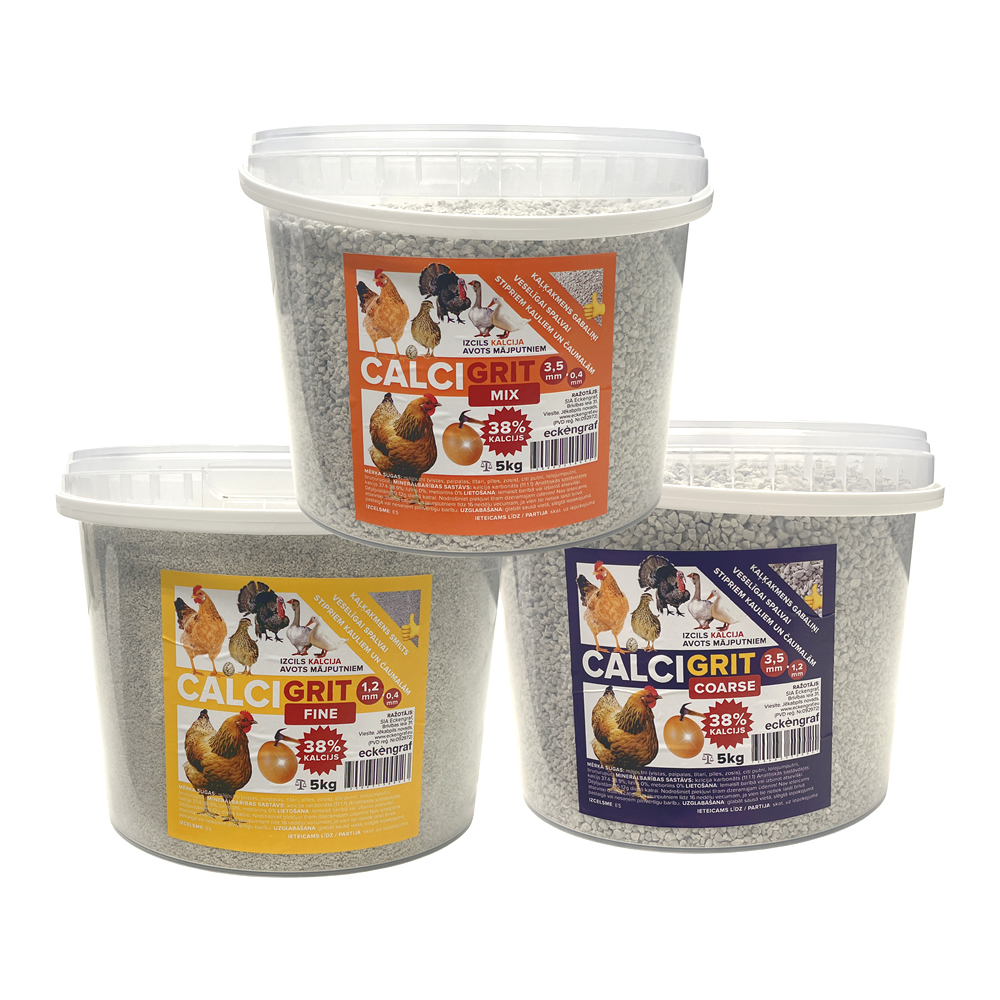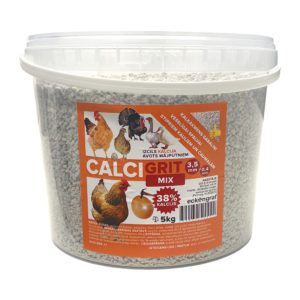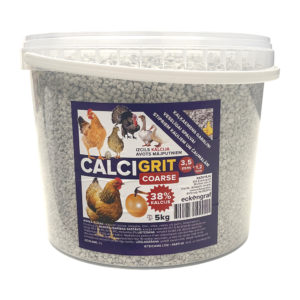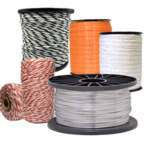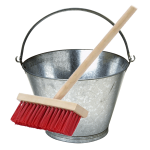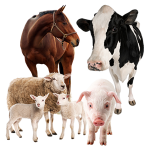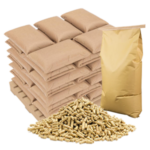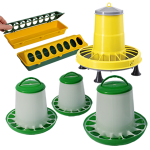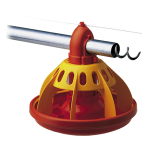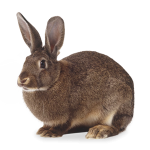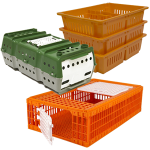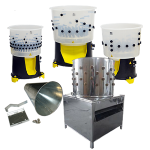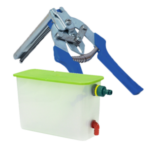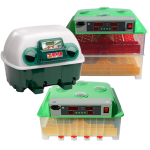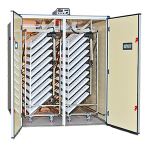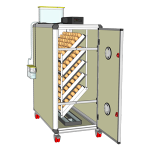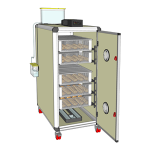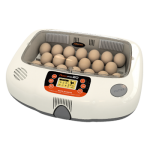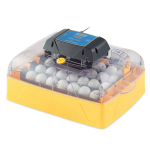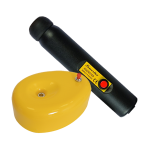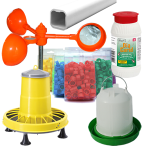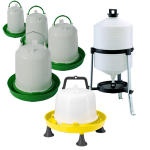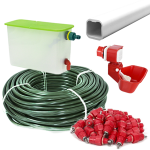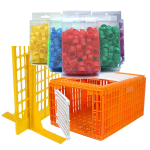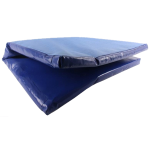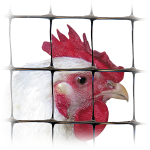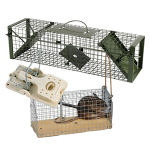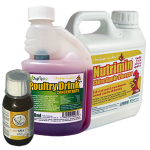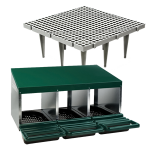Description
Limestone grit – the same as seashells (or oyster shells) for laying hens!
For poultry, especially laying hens (including laying quails), calcium is vital to maintain strong bones and shiny, healthy feathers, while simultaneously producing eggs with strong, healthy shells. A continuous supply of calcium is essential for constant egg production. The bird’s digestive system is designed to absorb calcium both immediately from the food it eats and over a longer period by gradually processing larger calcium-containing chunks in the gizzard. This prolonged (slow-release) calcium absorption allows the hen’s body to continuously absorb it even when the bird is inactive, i.e., when the hen is resting. At that time, the limestone in the gizzard, while also functioning as grit to help mechanically process larger food grains for digestion, slowly dissolves and calcium is gradually absorbed into the bird’s body.
In nature, there are two main sources of calcium that birds pick up with their beaks during the day and later process in their gizzards – various shells and limestone. Both are made of the same substance – calcium carbonate (CaCO₃) and are processed in exactly the same way in the bird’s gizzard. There have been opinions suggesting that seashells are a more natural and better source of the slow-absorbing calcium required by poultry, but countless studies show the opposite. Opinions in favor of one or the other often come from those who sell the respective product – seashell sellers try to emphasize that theirs are better, while limestone sellers do the opposite. In fact, limestone does exactly the same thing in the bird’s gizzard as seashells, and the only factor favoring one or the other is availability and price. Limestone contains about the same or even slightly more calcium than fossilized seashells. Limestone is more widely available around the world, making it a more economical source of slow-release calcium for poultry.
Shell Grit vs. Limestone Grit: A Chicken’s Dilemma
Chicken keepers often wonder about the best way to provide their flock with the calcium they need for strong bones and eggshells. Both seashells (oyster shells) and limestone grit are common options, but which is better?
The Role of Grit in a Chicken’s Diet
Chickens, especially laying hens, require a constant supply of calcium. They can absorb calcium directly from their food or from larger pieces of calcium-rich material, like grit, which they store in their gizzard. The gizzard, a muscular organ, helps to break down food and grind up grit. As the grit is gradually worn down, calcium is slowly released into the chicken’s system, even during periods of inactivity.
Seashells (oyster shells) vs. Limestone
Both seashells and limestone are primarily composed of calcium carbonate (CaCO₃) and serve the same purpose in a chicken’s gizzard. While some believe that seashells are a more natural and superior source of calcium, scientific studies have shown that there is little difference between the two. In fact, limestone is often more widely available and affordable.
CALCIGRIT FINE is the finest of all three CALCIGRIT types. It is perfect for mixing into feed as well as for separate feeding, especially for smaller birds, such as quails, and also for pet birds.
Composition: Crushed feed limestone (calcium carbonate)
Fraction: 0.4 mm – 1.2 mm
Calcium content: ~38%

